INSPIRATION
The Different Types of Diamonds
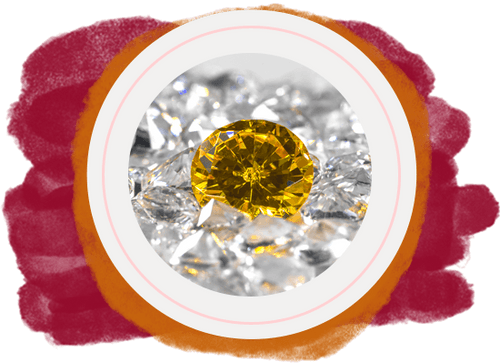

The
Different
Types of
Diamonds
We have all seen them glittering on engagement rings or in storefronts, or heard them celebrated in famous songs - diamonds have a cultural ubiquity that has stood the test of time. Due to their strength and durability, being almost 60 times harder than anything else that occurs in nature, diamonds are more expensive and aspirational than ever, continuing to be seen by many as an investment. But are all diamonds created equally? Let’s explore the different types to dig a bit deeper.

Type IA diamonds
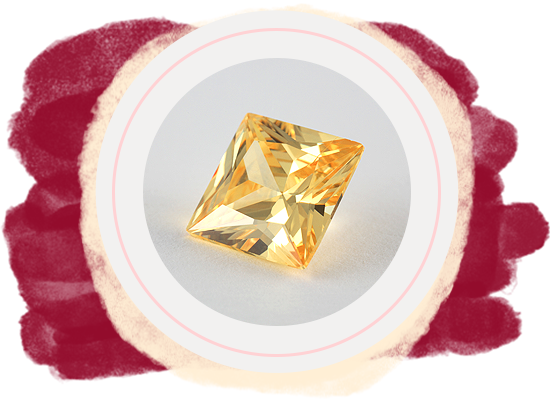
Type IA diamonds are naturally occurring diamonds which are believed to account for over 90% of natural diamonds across the planet. This is due to how they are created - containing atoms of clustered nitrogen, they are formed using the earth’s most common element. Type IA diamonds have primarily been found in South Africa and come in a variety of different colours depending on their nitrogen content - most IA diamonds have a light-yellowish shade to them.

Type IB diamonds
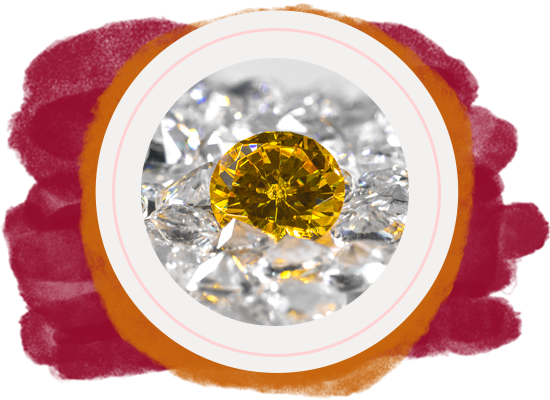
Type IB diamonds are the opposite of Type IA when it comes to how common they are - these diamonds are the rarest in the world, and are believed to contribute to less than 0.1% of the overall amount of naturally occurring diamonds. They also contain nitrogen, but these atoms are not clustered - they are scattered and separated, creating brighter colours in Type IB diamonds. Common shades are brighter yellows, browns and even oranges.

Type IAB diamonds
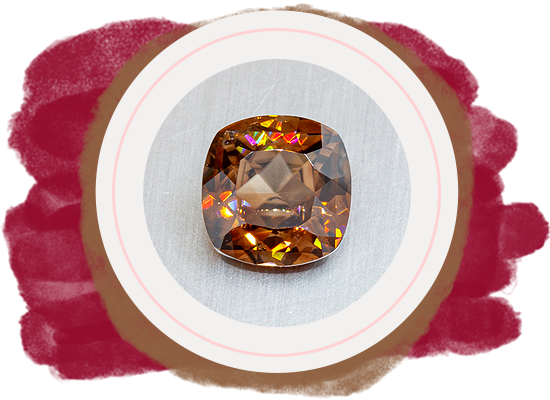
A sub-category of the Type IA diamond, type IAB diamonds are created due to nitrogen atoms being present in even clustered amounts of aggregates. This again can add a tinge of yellow or brown to the diamonds.

Type IIA diamonds

Type IIA diamonds do not contain measurable amounts of nitrogen, and are quite rare, contributing to only 1% of the world’s natural diamonds. Type IIA diamonds are especially desired by those who wish to invest in high price, high-quality diamonds, due to their lack of boron or other impurities. As chemically pure diamonds, they do not have fluorescence and are prized for their clarity. These diamonds are usually colourless and can sometimes be tinted gently by shades of pink, blue or yellow.

Type IIB diamonds
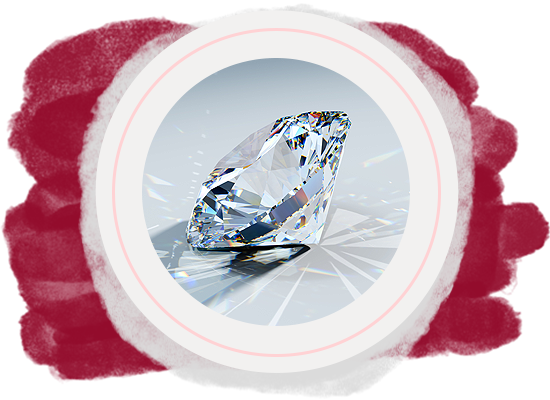
Another exceptionally rare natural diamond, Type IIB diamonds contain impurities from boron but not nitrogen, and this rare composition means that only 0.1% of natural diamonds are Type IIB. The boron presence in these diamonds causes beautiful and fascinating colours such as blue or grey which makes them very appealing to those who wish to collect diamonds. Another interesting fact about Type IIB diamonds is that they can conduct electricity thanks to their unusual makeup.

Mined Diamonds
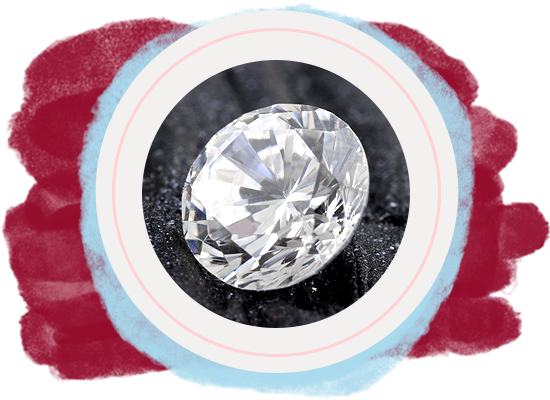
Mined diamonds are the most commonly known natural diamonds in the world. While early instances of diamonds were found in India, the modern diamond mining industry has for many years taken place in Africa, begun by De Beers in the late 1800s. Mined diamonds are formed naturally within the crust of the earth, created due to heat and intense pressure. The naturally mined diamonds you may see have been the work of billions of years of formation - and these are some of the rarest and most valuable diamonds in the world today, increasing in value as their scarcity grows.

Raw Diamonds
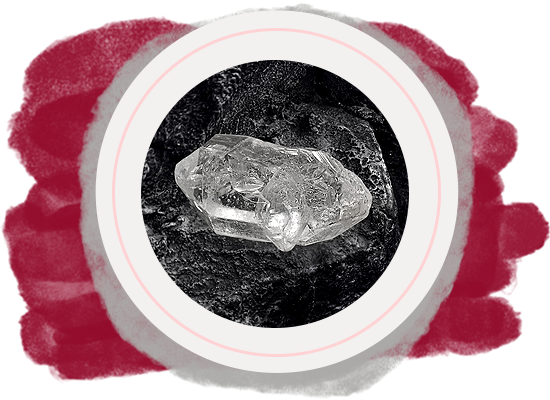
A “raw diamond” does not describe a diamond type or how a diamond is created or mined, but rather describes the form of a diamond. A raw diamond is a gem that is still in its original, unpolished and uncut form before it is refined to create jewellery or sold on. These diamonds are not perfect and can have a clouded appearance and rough edges. However, this style of diamond is less “neat” and more authentic than polished diamonds, making it an appealing choice for those who wish to collect diamonds or who want a bespoke item of jewellery crafted for them with a more earthy and natural appearance.

Lab Grown Diamonds
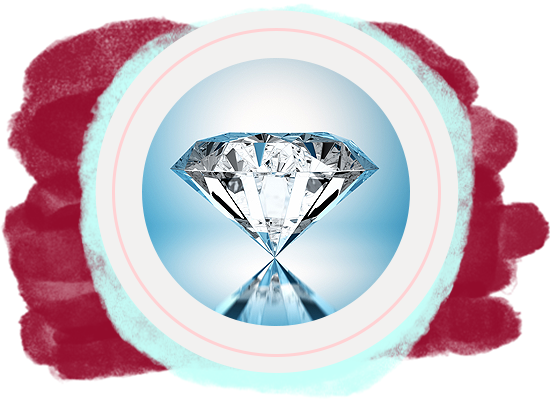
Due to the increased rarity of mined diamonds, lab-grown diamonds are growing in popularity as a high-quality alternative. These diamonds are not found in nature, but their chemical composition is the same - these aren’t “fake” diamonds, they simply have not been formed over billions of years. Science is able to speed up the process through High Temperature, High Pressure (HTHP) methods which use these forces to create a diamond from a diamond seed, just like the natural process. Another method is to use Chemical Vapour Deposition (CVD), which uses hydrocarbon gas to form a diamond.
Unlike a natural diamond, this takes only a few weeks and can result in less costly diamonds for the consumer, with the potential for a lower value if you are seeking an investment piece. However, due to growing ethical concerns over mined diamonds, lab-grown diamonds are seen as a positive option for consumers, if not collectors.

Coloured Diamonds

Not all diamonds are colourless, and there are two ways this can happen. The chemical makeup of natural diamonds can cause different colours and patterns to occur - the molecules and impurities within the diamond can create colours such as pink, yellow, brown or blue. These are still true diamonds due to their elemental structure, but they are rarely found in high street jewellers.
Another way in which diamonds can be coloured is through colour treatment, but this can reduce the value of a clear diamond and is a permanent choice.

Simulated Diamonds
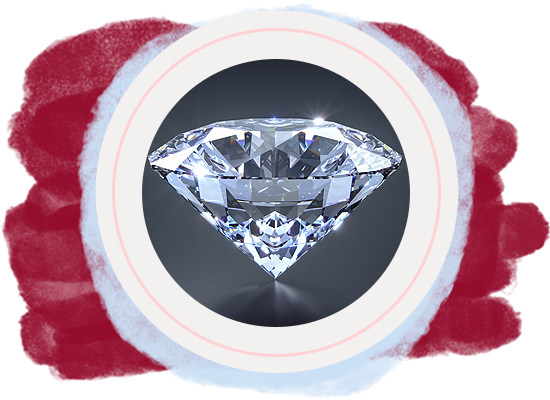
Simulated diamonds are not the same as those grown in a lab, as their chemical construction is different from both lab-grown and mined diamonds. These are not true diamonds and are created to replicate the look of them, while being cheaper. Simulated diamonds may be made from cubic zirconia or moissanite, which is created with natural minerals and has a higher level of sparkle than a traditional, true diamond. For those seeking the wow factor without the associated price tag, simulated diamonds can be an attractive and affordable choice for engagement rings and other diamond-look jewellery.

If you’re a diamond collector or simply looking to buy a special piece of diamond jewellery, our experts here at RichDiamonds can help. As one of London’s premiere vintage, pre-owned luxury watch and jewellery dealers, we have decades of experience and beautiful diamond jewellery to choose from.

